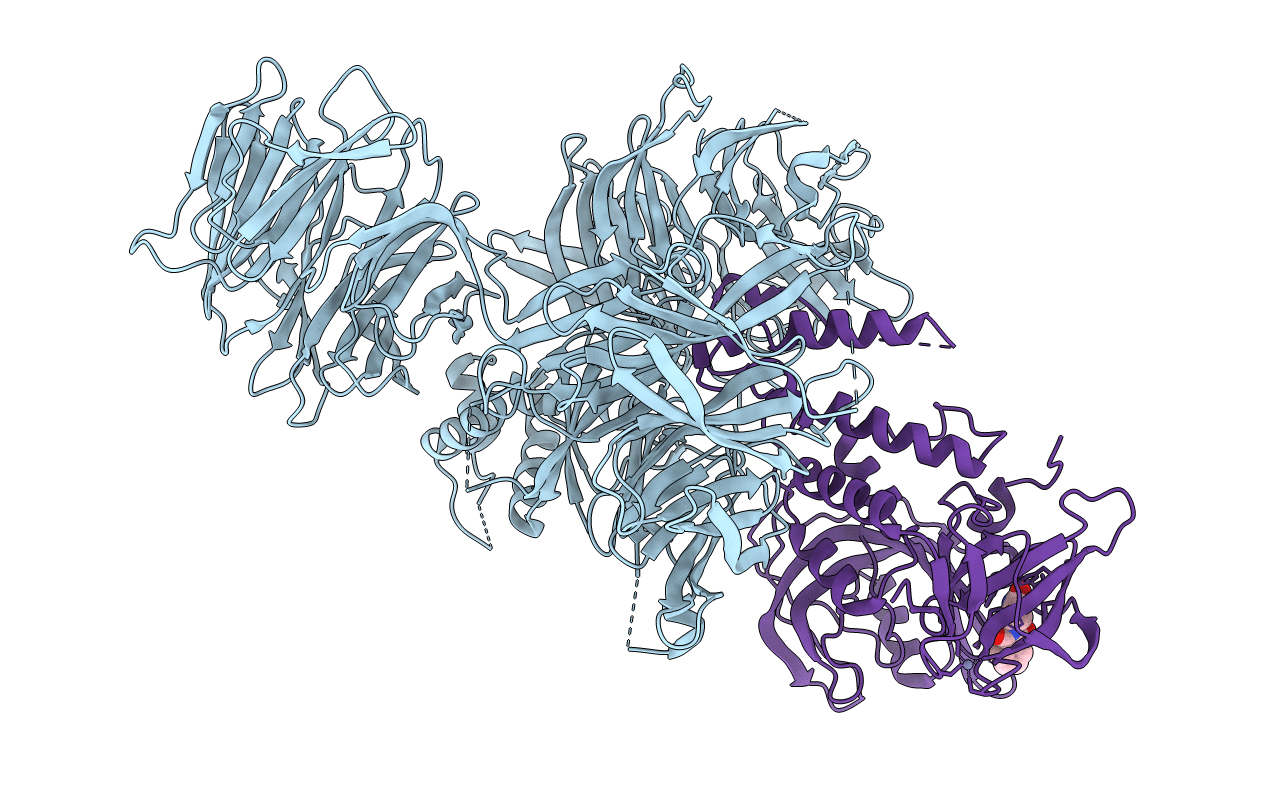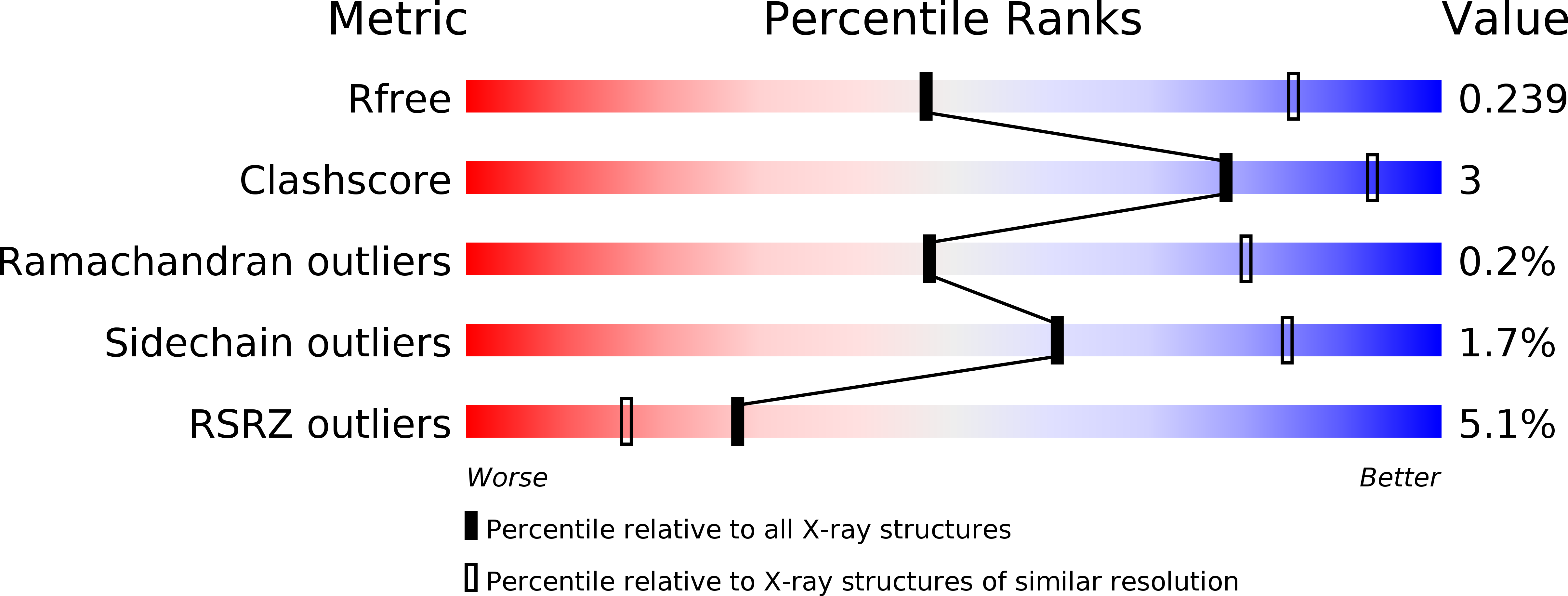
Deposition Date
2013-12-05
Release Date
2014-07-16
Last Version Date
2024-10-16
Entry Detail
PDB ID:
4CI1
Keywords:
Title:
Structure of the DDB1-CRBN E3 ubiquitin ligase bound to thalidomide
Biological Source:
Source Organism:
HOMO SAPIENS (Taxon ID: 9606)
GALLUS GALLUS (Taxon ID: 9031)
GALLUS GALLUS (Taxon ID: 9031)
Host Organism:
Method Details:
Experimental Method:
Resolution:
2.98 Å
R-Value Free:
0.23
R-Value Work:
0.19
R-Value Observed:
0.19
Space Group:
P 32 2 1


